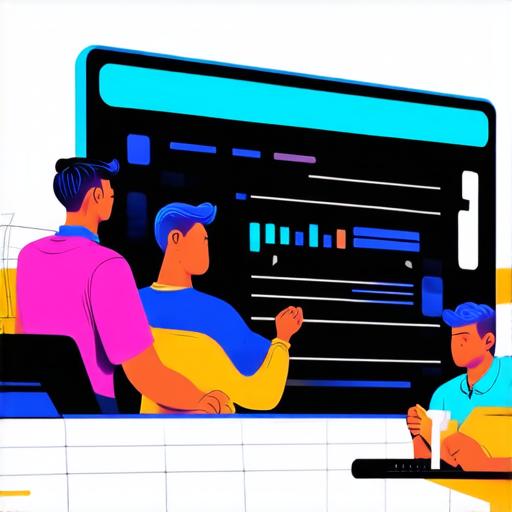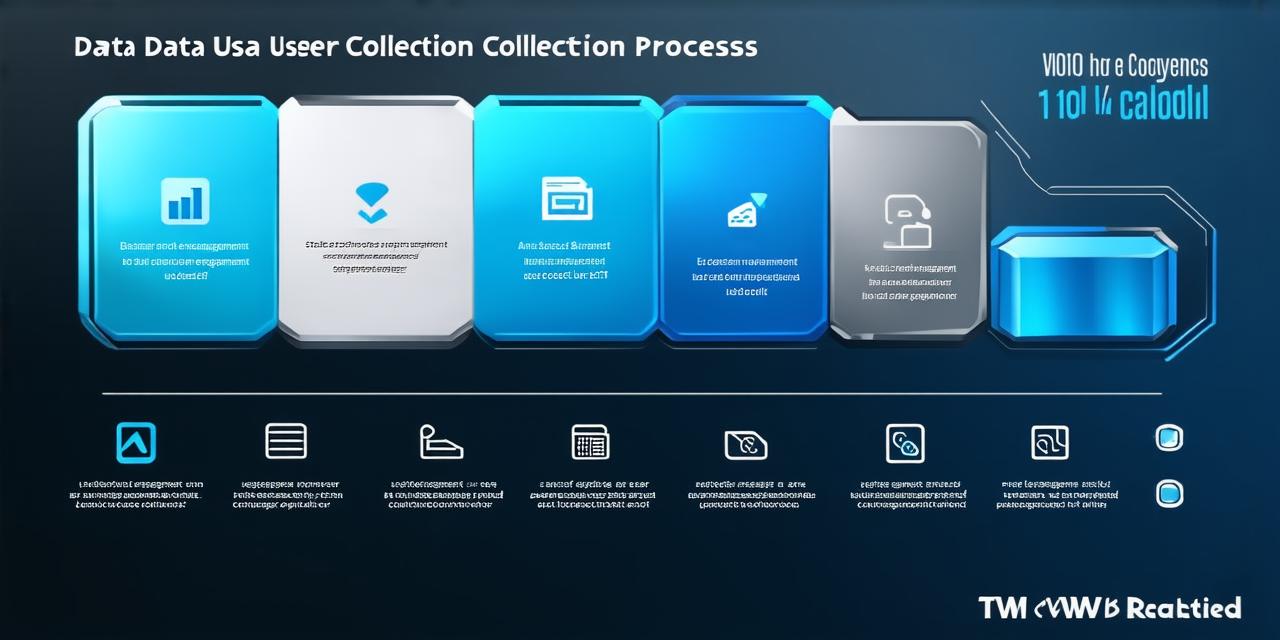How Many Developers Does it Take to Make an App? A Deep Dive into the Factors that Affect Development Time and Cost
Introduction: Understanding the Complexities of Mobile App Development
Mobile app development is a complex process that requires expertise in various areas, including programming, design, testing, and marketing. With millions of apps available on the app stores, it can be challenging for developers to create an app that stands out from the competition. In this article, we will explore the factors that affect mobile app development time and cost, and discuss how many developers are needed to make a successful app.
Factors Affecting Mobile App Development Time and Cost
-
Project Scope: The size and complexity of the project can significantly impact development time and cost. Small projects with limited features may take less time and cost less than large projects with complex functionalities and user interfaces.
-
Platform and Technology: The choice of platform (iOS or Android) and technology stack used in the app development process also affects development time and cost. Some technologies are more efficient and require less code, while others are slower and more resource-intensive.
-
Development Team Expertise: The expertise of the development team can also affect development time and cost. Developers with specialized skills and experience in specific areas such as design, testing, or marketing can speed up the development process and reduce costs.
-
Quality Assurance: Quality assurance processes such as testing, debugging, and quality control checks are essential to ensure the app is bug-free and functions properly. These processes can add time to the development cycle but ensure a better user experience.
-
Marketing and Distribution: Marketing and distribution of the app also affect development time and cost. Apps that need to be promoted through various channels such as social media, search engines, or app stores may require additional resources and time.
-
Maintenance and Updates: Regular maintenance and updates are crucial for keeping the app up-to-date with new features, security patches, and bug fixes. These processes can add ongoing costs to development and maintenance.
The Role of Developers in Mobile App Development

Mobile app development requires a team of skilled developers who possess expertise in various areas such as programming, design, testing, and marketing. The role of developers is critical to the success of the app, and they play a key part in ensuring that the app meets the project’s requirements.
How Many Developers Do You Need to Make an App?
The number of developers needed to make an app depends on the project’s scope, complexity, and timeline. Small projects with limited features may require only one or two developers, while larger projects may require a team of developers with specialized skills in various areas. A general rule of thumb is that you need at least three developers for a mobile app development project:
-
Project Manager: The project manager is responsible for overseeing the entire development process, including scheduling, budgeting, and quality control checks.
-
Lead Developer: The lead developer is responsible for managing the development team, setting technical requirements, and ensuring that the app meets the project’s requirements.
-
Backend Developer: The backend developer is responsible for developing the server-side components of the app, including database management, API development, and server-side logic.
However, depending on the complexity of the project, you may require additional developers with specialized skills in areas such as design, testing, or marketing. It’s important to note that having a larger team can lead to higher costs, but it can also help ensure that the app is delivered on time and within budget.
Case Studies: Successful App Development Projects with Different Team Sizes
-
Uber: Uber, one of the most successful mobile apps in history, was developed by a small team of developers who worked tirelessly to create a seamless user experience. The team consisted of only six developers, including two co-founders, and a project manager. Despite the small team size, Uber was able to launch successfully and has since become a global phenomenon.
-
Instagram: Instagram, another hugely successful social media app, was developed by a larger team of developers who worked together to create a visually appealing and intuitive user interface. The team consisted of around 15 developers, including several co-founders, and a project manager. Despite the larger team size, Instagram was able to launch successfully and has since become one of the most popular social media platforms in the world.
-
Spotify: Spotify, a music streaming app that boasts over 240 million active users, was developed by a team of around 10 developers who worked together to create a seamless user experience. The team consisted of several co-founders and a project manager, and they were able to launch the app successfully in 2008.
Conclusion: Understanding the Complexities of Mobile App Development and the Importance of Team Size
Mobile app development is a complex process that requires expertise in various areas such as programming, design, testing, and marketing. The number of developers needed to make an app depends on the project’s scope, complexity, and timeline. However, even small teams can create successful apps with the right team dynamics and expertise.
It’s important for developers to understand the factors that affect development time and cost, and the role that they play in ensuring the success of the app. By working together as a team, developers can create high-quality mobile apps that stand out from the competition and provide a seamless user experience.
FAQs: Frequently Asked Questions about Mobile App Development and Team Size
-
1. What are some common mistakes developers make when estimating project timelines and costs?
-
Developers often underestimate the time and cost required for certain tasks, such as testing or marketing, leading to delays and budget overruns.
-
1. How can developers optimize their app’s performance to ensure a seamless user experience?
-
Developers can optimize app performance by using caching techniques, minimizing server requests, and compressing images and other assets.
-
1. What are some key performance indicators (KPIs) that developers should track to measure the success of their app?
-
KPIs include user acquisition rate, engagement metrics such as time spent on app, retention rates, and conversion rates for in-app purchases or subscriptions.



